Composition is taken into account the primary key to a ravishing and top quality panorama picture. Be conscious that capturing panorama will demand a really troublesome method of working versus photographing individuals. It is often taken with a digital camera mounted on a tripod. Also, extra consideration is being given to the aperture so as to be sure that the picture might be sharp from entrance to again.
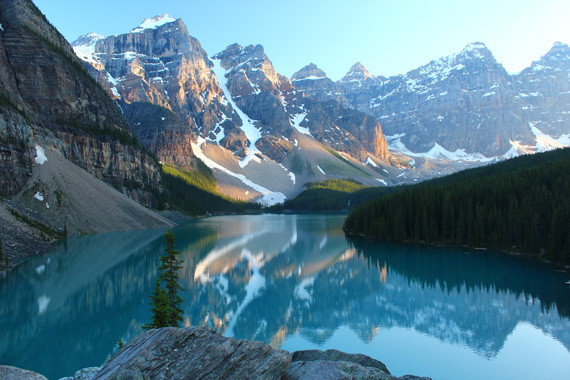
“Moraine Lake” captured by PictureSocial member Jochen Lambrechts
General Landscape Photography Tips
M. If you’re confronted with a fantastic scene, isolate the weather that say one thing concerning the surroundings and complement the panoramic view. Avoid capturing every little thing in your composition.
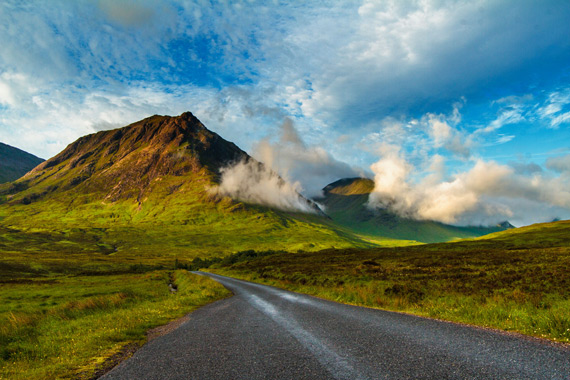
“Morning Mist in Glen Etive” captured by PictureSocial member Dave Murray
P. You should have a focal point within the panorama. This is a foremost function that may maintain the eye of viewers.

“Cunningham Dawn” captured by PictureSocial member Robert Carl
A. When capturing landscapes, your aperture have to be the precedence. Consider utilizing the depth of subject preview button of your digital camera to be sure to’re getting the specified impact.
A. Choose your lens correctly. Wide-angle lenses improve the foreground and sky content material, make the themes smaller, and exaggerate sweeping strains. On the opposite hand, telephoto lenses permit you to flatten the attitude, which then makes the foreground and background parts seem nearer to at least one one other. What you’re specializing in will grow to be bigger.
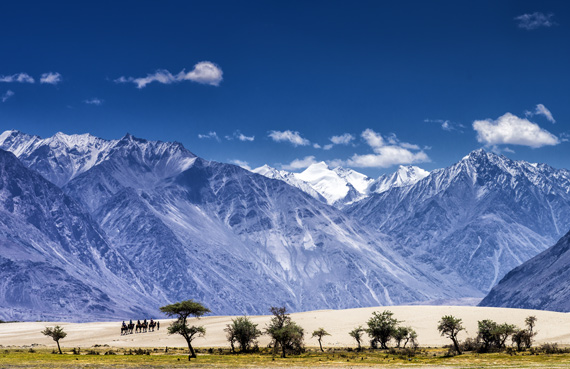
“High and Dry” captured by PictureSocial member Sajid Ahmed
H. On windy days, know that sluggish shutter speeds will document motion within the scene.
S. Horizons have to be straight. But for those who can’t make it straight, think about eliminating the horizon altogether by zooming in.
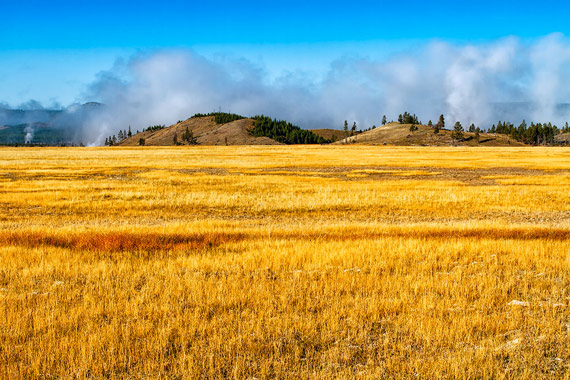
“Yellowstone National Park” captured by PictureSocial member Ivan Pena
Advice for Specific Landscape Subjects
Forests. Dark forests could also be some of the troublesome landscapes to photograph. Usually, the sunshine is just too low which can trigger automated flashes to fireside. The greatest time to take footage in a forest is after it has rained or maybe in mild drizzle. Cloudy skies assure even lighting, and the water on the leaves provides life and emphasizes the colour.
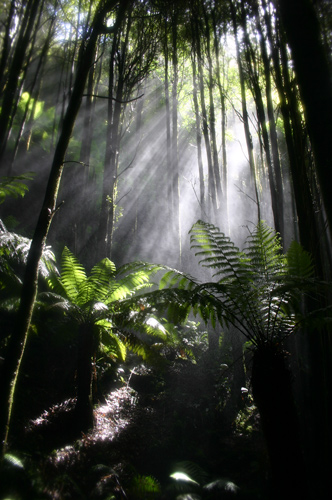
“Forest Mist” captured by PictureSocial member Susan
Beaches. Sandy seashores are certainly nice panorama topics. A polarizing filter can enhance the colour and distinction in pictures taken across the waters by decreasing the glare of the sunshine.
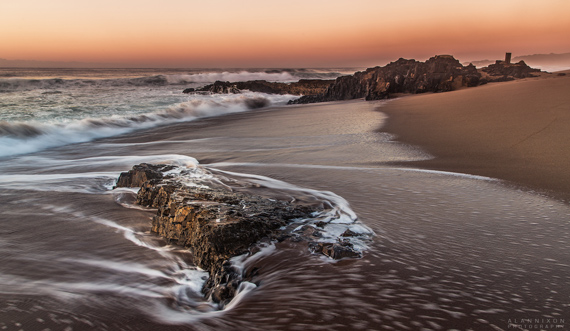
“Blythedale Beach, KZN North Coast, South Africa” captured by PictureSocial member Alan Nixon
Rivers and waterfalls. Flowing water might be interpreted in numerous methods via shutter-velocity choice. For greatest outcomes and depth of subject, you need to use a tripod and a polarizing filter. The filter can enhance the picture by slicing out some reflections coming from moist rock and surrounding vegetation.

“Foss” captured by PictureSocial member Avar Guomundsson
About the Author:
This article was written by Amanda Williams from cherishartz.com. Photographic artistry captured with ardour.
Go to full article: Landscape Photography Rules of Thumb
What are your ideas on this text? Join the dialogue on Facebook
Article from: PictureCorrect
The submit Landscape Photography Rules of Thumb appeared first on PictureCorrect.